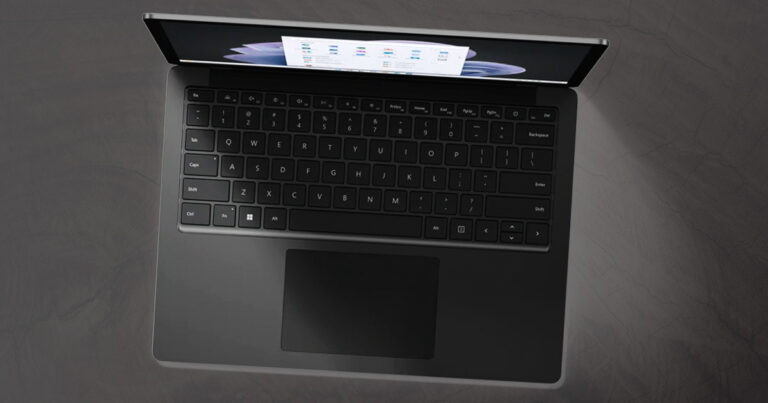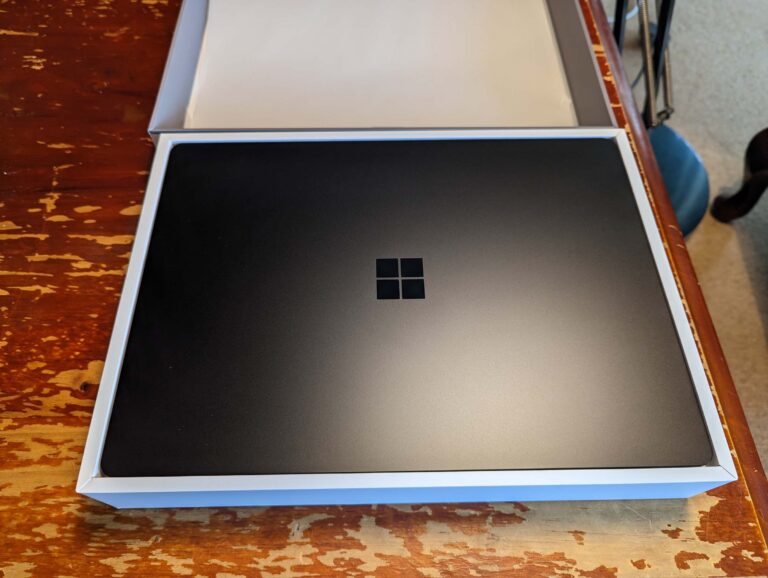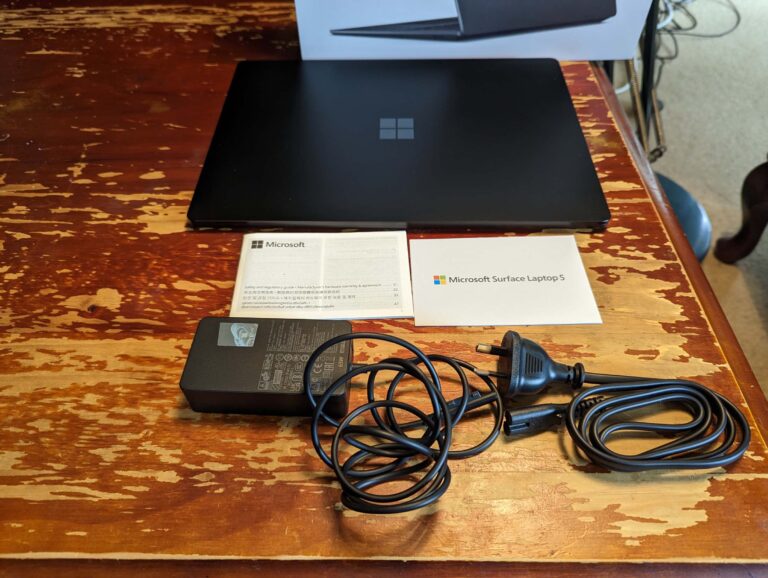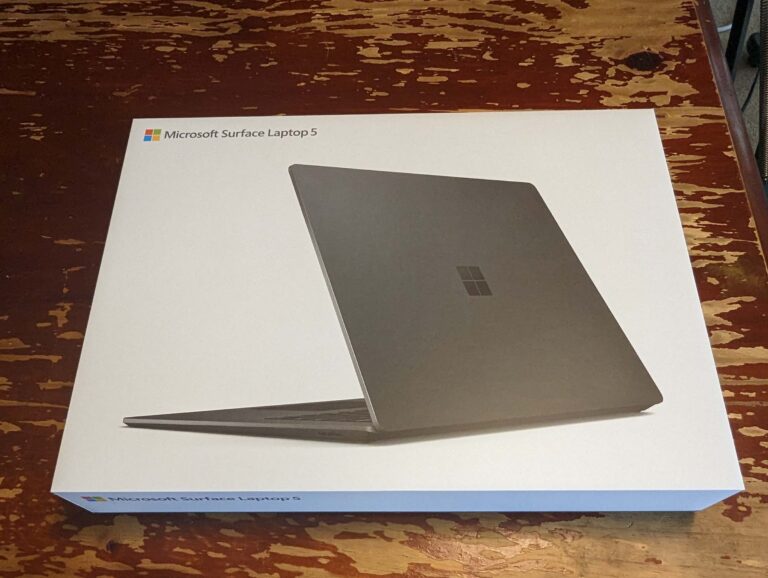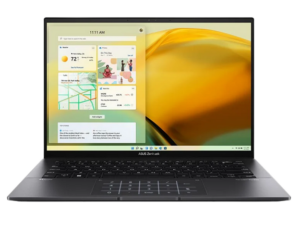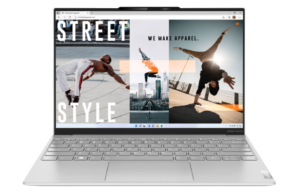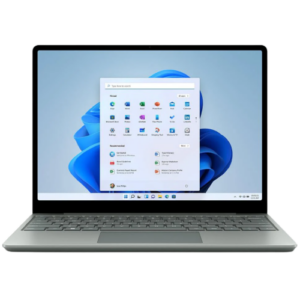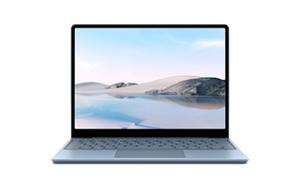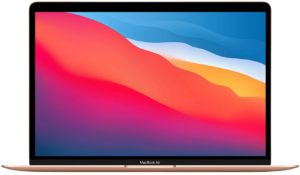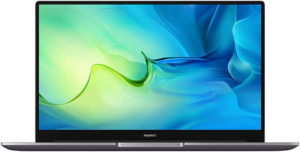Optus Mobile Review ALDI Mobile Review Amaysim Mobile Review Belong Mobile Review Circles.Life Review Vodafone Mobile Review Woolworths Mobile Review Felix Mobile Review Best iPhone Plans Best Family Mobile Plans Best Budget Smartphones Best Prepaid Plans Best SIM-Only Plans Best Plans For Kids And Teens Best Cheap Mobile Plans Telstra vs Optus Mobile Optus NBN Review Belong NBN Review Vodafone NBN Review Superloop NBN Review Aussie BB NBN Review iiNet NBN Review MyRepublic NBN Review TPG NBN Review Best NBN Satellite Plans Best NBN Alternatives Best NBN Providers Best Home Wireless Plans What is a Good NBN Speed? Test NBN Speed How to speed up your internet Optus vs Telstra Broadband ExpressVPN Review CyberGhost VPN Review NordVPN Review PureVPN Review Norton Secure VPN Review IPVanish VPN Review Windscribe VPN Review Hotspot Shield VPN Review Best cheap VPN services Best VPN for streaming Best VPNs for gaming What is a VPN? VPNs for ad-blocking This isn’t a bad laptop by any means: it’s got a decent screen, great performance and a killer keyboard. But as a tech enthusiast who constantly feels the pull towards upgrading, the refinements in the Surface Laptop 5 compared to the Surface Laptop 4 aren’t enough to make this upgrade feel essential. Strangely, CPU options are determined by the colour you choose if you shop via the Microsoft Store (uncheck the forced colour choice if you want to see all options). The AMD options from Surface Laptop 4 are also absent. Pricewise, the Surface Laptop 5 is competitive in terms of the 2022 pricing for the last-gen Surface Laptop 4. Shop around for the best prices and configuration options, starting with the table below.
The Microsoft Surface Laptop 5A proprietary chargerThe usual documentation
Admittedly, the screen on the Surface Laptop 5 is great to look at most of the time, except that it’s prone to reflections when in bright settings. It’s a touchscreen, too, if that’s your thing, but you run the risk of smudges. I strongly recommend hanging onto the thin keyboard cover to stop keys from making a mark on the screen over time (as was the case with the Surface Laptop 4). The keyboard and trackpad are both still as impressive as what I’m used to from the Surface Laptop 4, which means they’re ideal for writers, students or anyone else eager for a laptop that’s built for extended use. Despite how they’re tucked away, the speakers offer solid sound. They may lack big-oomph bass, but the Omnisonic speakers offer a well-balanced soundscape with respectable volume. Unfortunately, the 720p webcam and microphone are still more serviceable than impressive. The Surface Laptop 5 uses a familiar proprietary charger, which is the solitary port on the right of the chassis. On the left is a 3.5mm audio jack alongside a single USB-A port and one USB-C port. That’s not a lot in the way of port options, even if there’s a sneaky USB-A charging port on the power brick. That CPU includes Intel Iris Xe integrated graphics, which is great for indie gaming and okay for some mainstream gaming if you’re willing to fully drop the resolution and visual settings (and treat 30 frames per second as playable). But this isn’t a gaming laptop, so that’s a nice-to-have. The memory and storage are standard these days, both of which are fast enough to keep up with everyday personal or business computing. In terms of raw performance, here’s how the Surface Laptop 5 compares to other recent laptops in Geekbench, Novabench and Cinebench benchmark tests. Everyday processors should be able to confidently meet basic performance requirements for most people. Email, social media and web browsing shouldn’t be a hassle, and while they aren’t able to handle graphically-demanding AAA releases, they should be able to run some indie or casual games. Enthusiast processors should be able to easily exceed the minimum requirements of most users and be powerful enough to handle some AAA gaming, though not at the highest fidelity. Extreme processors should be able to do anything you can think of. Games should run at high frame rates on the highest possible settings, and multitasking shouldn’t be limited in any significant way. Outside of CPU-intensive tasks on a full-brightness screen, the Surface Laptop 5 should comfortably make it through a full work or study day, but it’s not a viable tablet entertainment replacement on long-haul flights. Recharging went from 0% to 94% in 90 minutes, which is fast. That final 6% of charge took a further 20 minutes, assumedly because slower charging towards the end is designed to help preserve battery longevity. It’s also worth noting that batteries can only go so big. Most airlines won’t allow you to take any device with a battery larger than 100Whr onboard, so most manufacturers treat that as an unofficial size limit. Display resolution and screen bezels are functionally the same between generations, with the 720p camera returning. The Surface Laptop 5 ships with Windows 11, but the Surface Laptop 5 comes with Windows 10, though a Windows 11 upgrade is incredibly straightforward.
Screen size and type: Unlike upgradeable components like your GPU, RAM and storage, you’re stuck with the display you buy when you purchase a laptop. Is it a comfortable size? Does it offer a wide-viewing angle? Resolution: Similarly, you can’t change your display’s resolution after the fact. 1080p (Full HD) is the bare minimum these days and most laptops worth their price tag aim for 1440p at least (QHD or QuadHD) but you can also opt for 4K if you’re willing to spend a little extra. Refresh rate: A screen’s refresh rate is the measurement of how frequently it changes. If you play fast-paced multiplayer games like Call of Duty, you know that the difference a few milliseconds that a high refresh rate gets you can count for a lot. The higher the refresh rate, the better. Most conventional laptops offer 60Hz to 90Hz but fancier gaming laptops can offer 144Hz, 165Hz or even 240Hz screens. Ports and connections: Like your screen, ports will impact your everyday experience with a laptop, particularly if you use it for work. While you can work around this with USB hubs and adapters, a laptop with fewer ports than you need can quickly become a headache. Future-proofing: There are no hard and fast rules here but as a general suggestion, you’ll want to sure you’re laptop has the legs to survive a few years of technology improvements in any way you can. You can overshoot on your desired specs, spending more on a machine that’s more powerful than you currently need, or opt for a model or brand that has support for upgrades down the track. Check which features of the machine are upgradeable. The Dell XPS 15, for example, supports additional RAM, while Apple MacBooks do not.
Check out our dedicated laptop buying guide for more suggestions on shopping for the best laptop for your needs.
